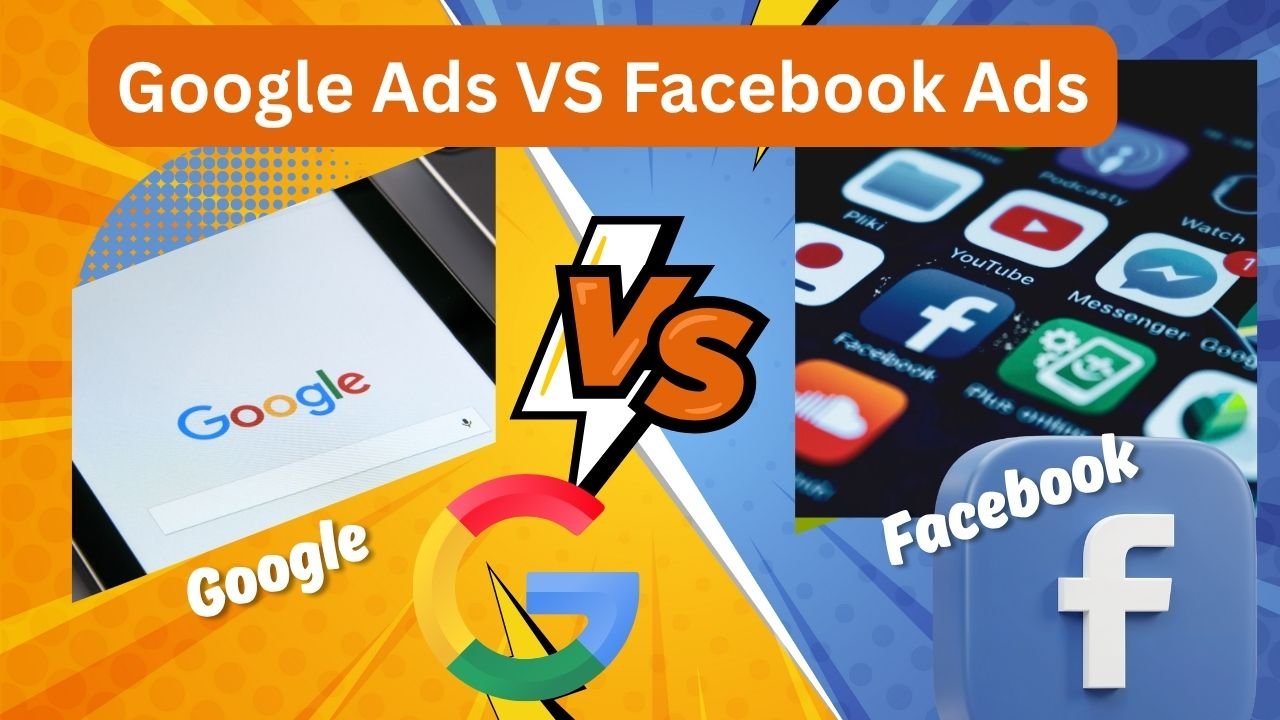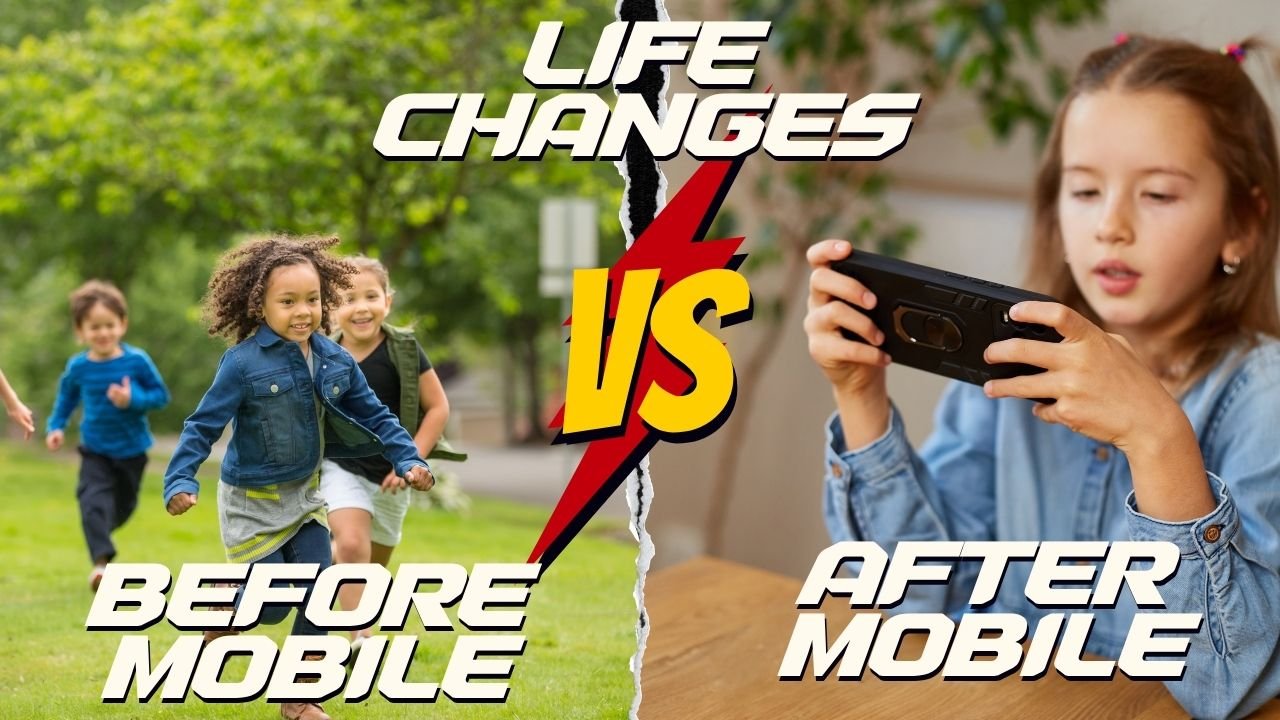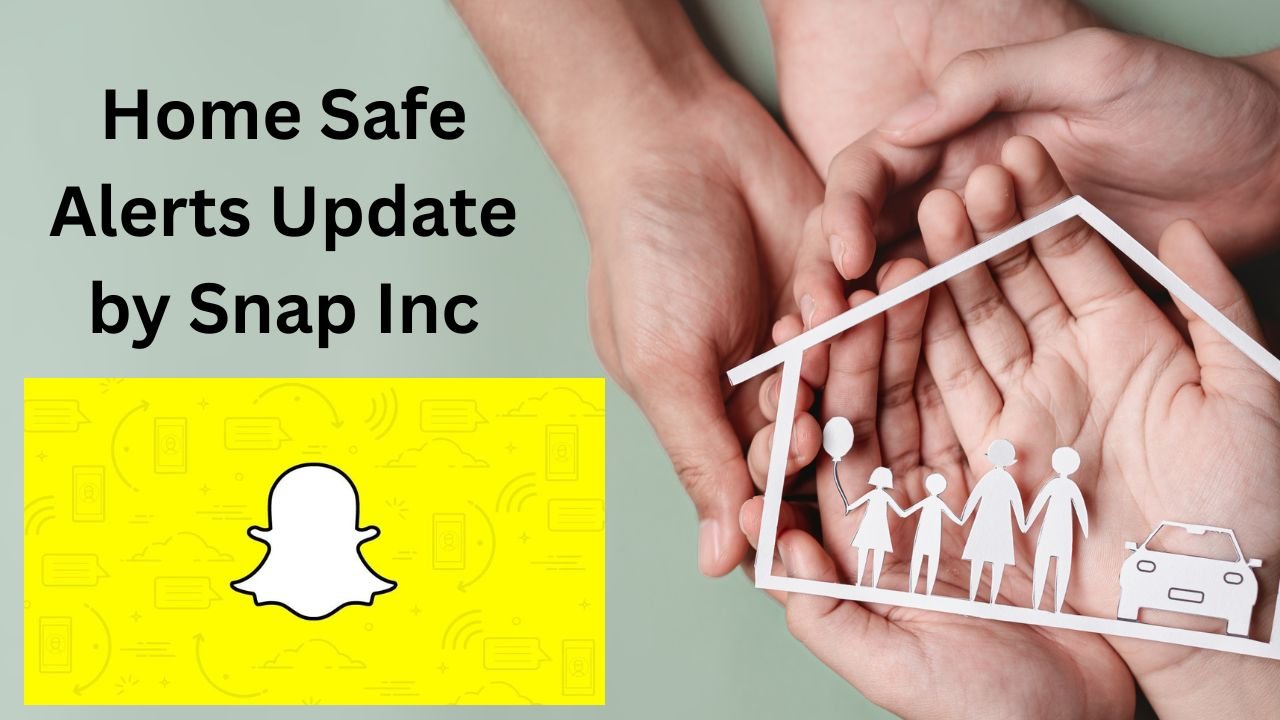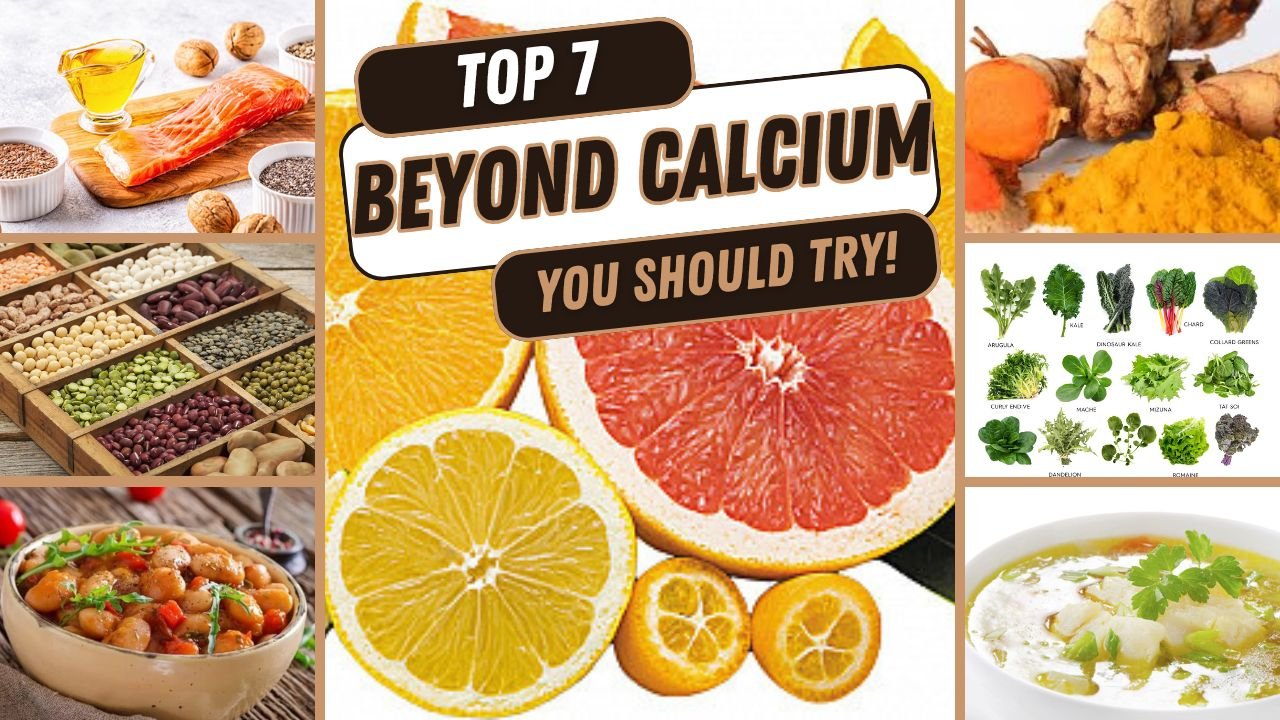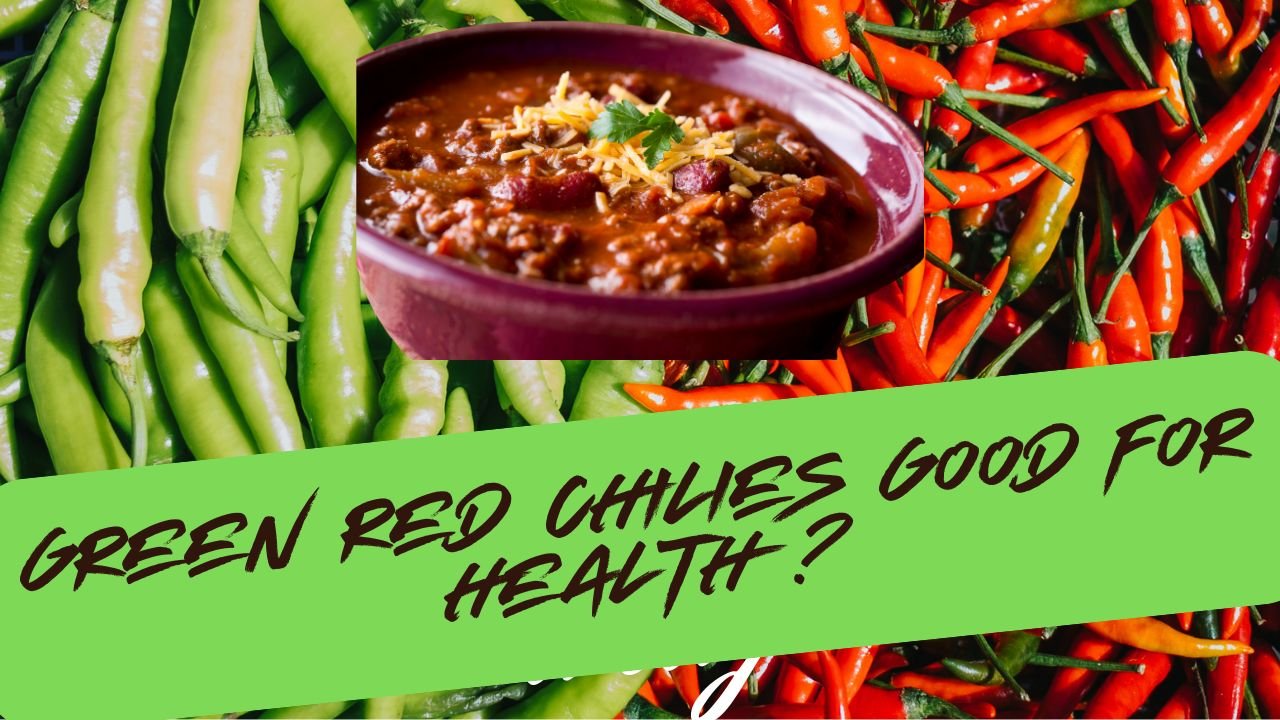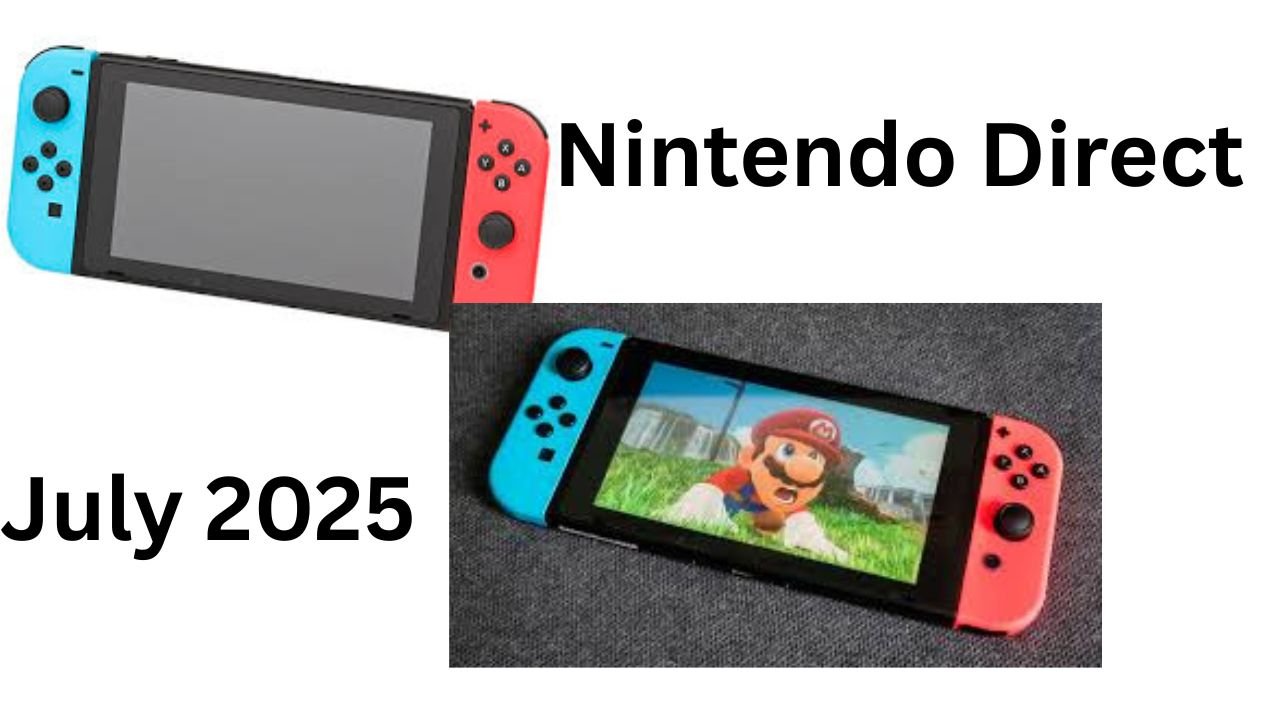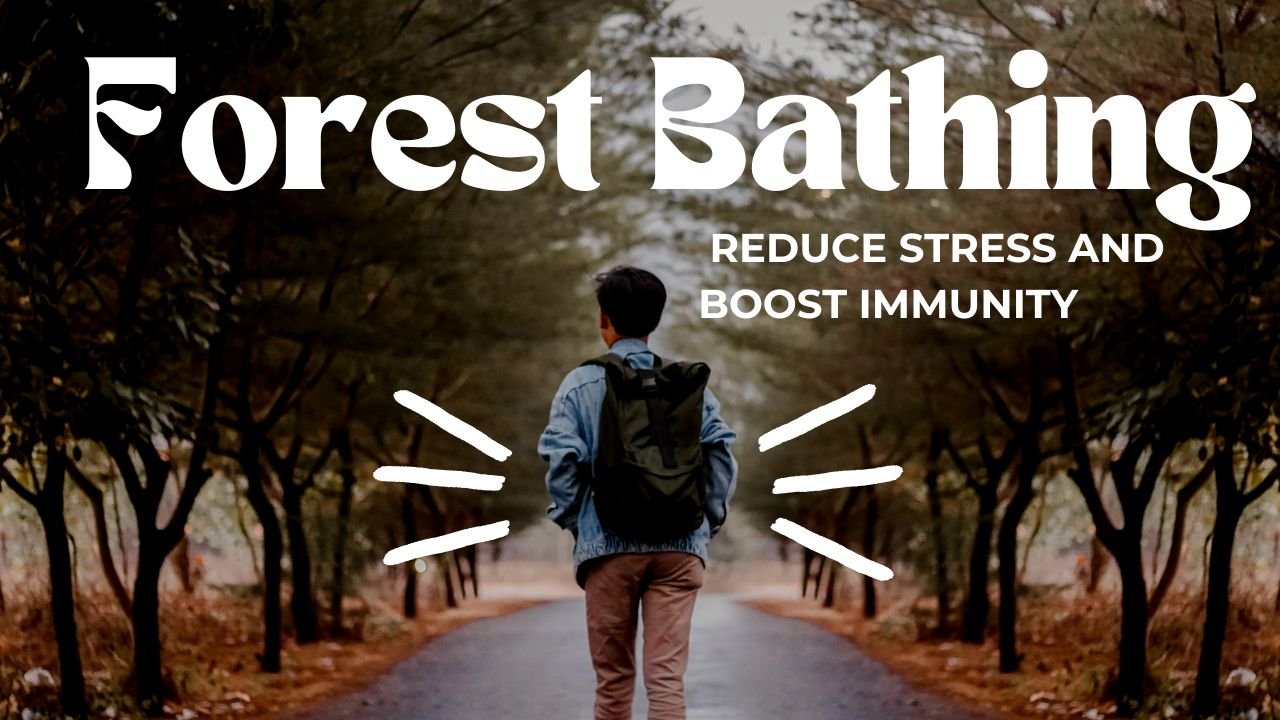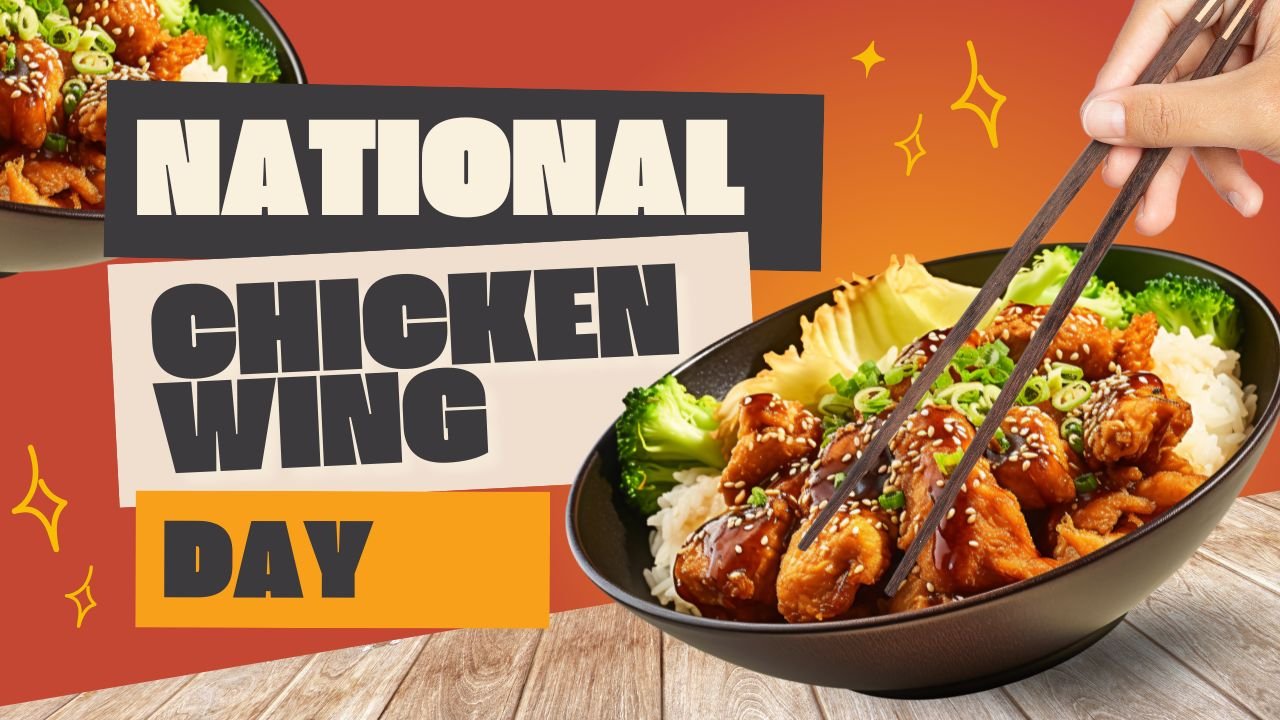Google Ads vs Facebook Ads: Your Guide to Smarter Ad Spending
Ever feel like your advertising budget is decreasing every year? You’re not alone. With Google processing 8.5 billion daily searches and Facebook reaching over 3 billion active users, both platforms promise massive visibility. But here’s the catch: they’re fundamentally different category. Pick the wrong one, and you’ll waste cash. Use them by understanding the business goal/strategy, and you’ll the real impact.
Let’s cut through one by one.
The Main Difference: Intent vs. Discovery
| Aspect | Google Ads | Facebook Ads |
|---|---|---|
| User Mindset | Active searching (“I need this NOW”) | Passive scrolling (“Hmm, that’s cool”) |
| Best For | High-intent buyers | Brand discovery & impulse buys |
| Ad Formats | Text, Shopping, YouTube ads | Carousels, Reels, Stories |
| Avg. Cost/Click | $1–$3 (higher in competitive niches) 813 | $0.26–$0.77 18 |
| Strengths | Captures demand | Creates demand |
When Google Ads are beneficial (and When They Don’t)
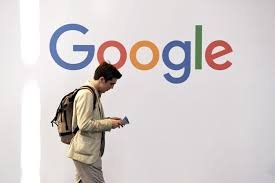
✅ Use Google Ads If:
-
Customers are searching for you: Think “emergency plumber near me” or “buy trail running shoes.” Google shines when users have high purchase intent.
-
You sell complex/high-ticket items: Software, B2B services, or medical equipment benefit from Google’s bottom-funnel targeting. Users researching solutions are likely to convert.
-
Speed matters: One dental clinic generated a 15.07% conversion rate using Google Ads for appointment bookings.
❌ Avoid Google Ads If:
-
Your budget is tiny (<$500/month). Competitive keywords like “insurance” can cost $50+/click.
-
Your product is visual or impulse-driven (e.g., fashion, decor).
💡 Pro Tip: Pair Google Search Ads with Google Display Network retargeting. Example: Show banner ads to users who abandoned your cart.
When Facebook Ads Win (and When They Flop)

✅ Use Facebook Ads If:
-
You’re building brand buzz: Launching a new eco-friendly shoe? Facebook’s visual formats (video, carousels) excel at storytelling. One’s grew its Instagram following to 300k+ using engaging video ads.
-
Targeting niche audiences: Reach “vegan yoga moms aged 28–35” or “DIY woodworkers.” Facebook’s granular targeting uses interests, behaviors, and life events.
-
Budget is tight: Average CPC is 60–70% cheaper than Google.
❌ Avoid Facebook Ads If:
-
You need immediate sales for obscure products (e.g., “industrial solenoid valves”).
-
You can’t create eye-catching visuals. Facebook ads require strong photos/videos .
🎯 Real Result: A nonprofit recruited volunteers via Facebook Ads at $0.24/click—5x below industry average 1.
Target/Strategy: Which Platform for Your Goal?
| Business Goal | Best Platform | Campaign Type | Example |
|---|---|---|---|
| Immediate sales | Google Ads | Search/
Shopping Ads |
“Buy iPhone charger near me” |
| Brand awareness | Facebook/
|
Video/
Carousel Ads |
New product launch teaser |
| Lead generation | Both! | Google Search + FB Lead Forms | E-book sign-ups |
| Retargeting | Both (synergy!) | Google Display + FB Dynamic Ads | Abandoned cart reminders |
Budget Like a Pro
-
Start small: Allocate 70% to your primary platform (based on goals), 30% to test the other.
-
Remarketing is non-negotiable: Facebook users retargeted with Google Ads convert 3x faster.
-
Track ROAS, not CPC: Google’s higher clicks often yield better ROI. Example: A $100 Google conversion may cost less than a $23 Facebook conversion if it brings loyal customers.
Conclusion? Stop Choosing—Combine!
Smart marketers don’t pick sides. They use:
-
Facebook/Instagram for top-funnel buzz (“Why is everyone talking about this collagen powder?”).
-
Google Search for mid-funnel intent (“best collagen for joint pain”).
-
Google Shopping/YouTube to close sales (“Buy now: 20% off collagen peptides”).
🌟 Golden Rule: Facebook plants seeds. Google harvests.
Your Next Move
-
High-intent product? Start with Google Ads.
-
Visual product/limited budget? Start with Facebook.
-
Not sure? Run a $100 test on both. Track conversions—not clicks.
The platforms aren’t competitors—they’re friends. Use them to cover every angle of the customer journey, and you’ll turn ad spend into revenue.


